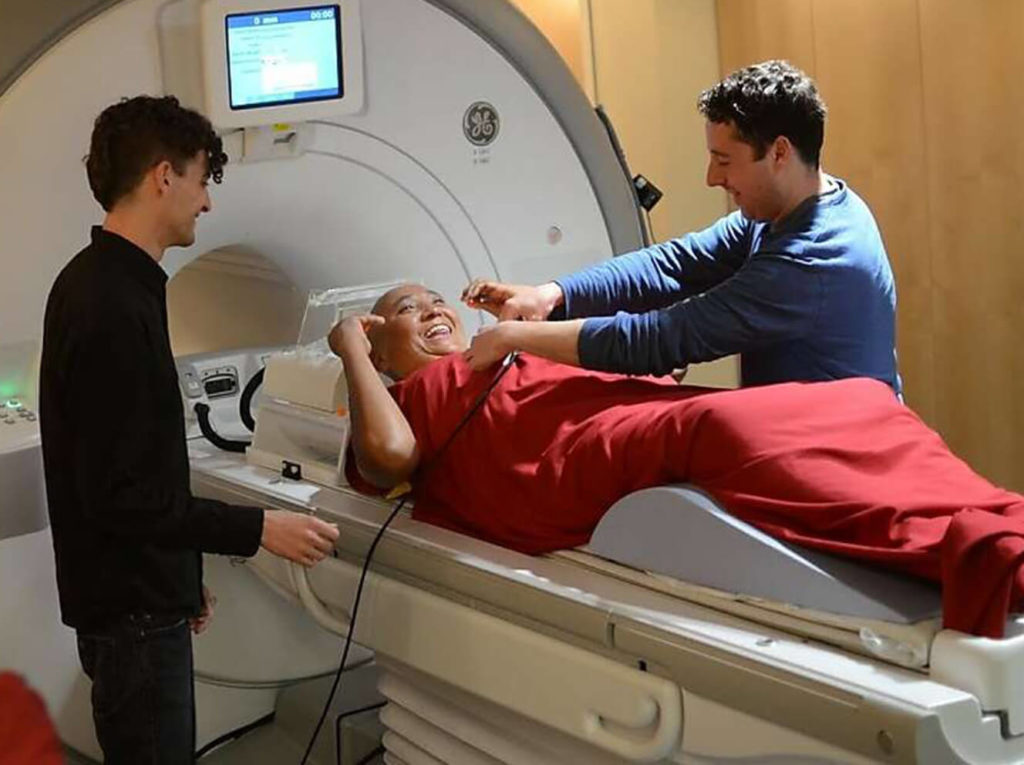As healthcare costs continue to rise, more and more employers are turning to wellness programs in the hope of improving employee health, lowering absenteeism and reducing costs. Today, most large employers offer some kind of workplace wellness benefit. But a new study published in the Journal of the American Medical Association casts some doubt on the short term effectiveness of such programs. Study co-author Zirui Song, MD, PhD, a primary care physician at Massachusetts General Hospital and assistant professor of healthcare policy and medicine at Harvard Medical School, recently discussed his findings and their implications.
We wanted to rigorously examine the effect of a wellness program on a large employee population using experimental methods.
What attracted you to study workplace wellness programs?
Broadly, my research is focused on strategies to slow healthcare spending growth and improve the overall value of care. In 2010, my colleagues and I published a systematic review of prior studies of workplace wellness programs. We learned that, by and large, the studies lacked rigor. In some cases, they didn’t use a control group or failed to account for the possibility that people who voluntary participated in wellness programs were healthier or more motivated than those who did not. In other cases, the sample size was small, or conducted at a single location. As a result, it was difficult to glean any rigorous sense of the effect these programs were having. Since that time, workplace wellness programs have grown in popularity, reinforcing the need for more structured, rigorous analyses.
What did you set out to learn?
We wanted to rigorously examine the effect of a wellness program on a large employee population using experimental methods. For the study, we tracked the experience of 33,000 employees at BJ’s Wholesale Club over 18 months and compared self-reported health behaviors, objective health-related measures — such as blood pressure and cholesterol — and healthcare spending between sites that received the wellness program versus sites that didn’t.

What did you find?
We observed that while healthy behaviors were more prevalent at the work sites that received the wellness program at 18 months, the program had no significant effect on clinical measures of health, healthcare spending, or employment outcomes such as absenteeism over the 18 months. In some areas of health behaviors, such as managing weight and regular exercise, the program had a sizable significant effect. Other areas, such as stress reduction and behaviors related to stress management, showed no difference between treatment and control. The fact that the program changed some behaviors but not others was quite interesting.
How do you interpret that?
There are three ways to think about this: if you believe that health behaviors must change before objective measures of health such as weight or blood pressure or cholesterol can change, or before healthcare spending and utilization can change, then 18 months may not have been enough time for the behaviors to translate. On the other hand, there is the possibility that the program did lead to changes, but that by 18 months behaviors and consequently the numbers had reverted to baseline — after all, many scientific studies have taught us that human behavior is difficult to change, and that changes in behavior are difficult to sustain. And then there is the possibility that there simply was no effect at all beyond these health behaviors. To help sort through these interpretations, we are extending the study out to three years.
This tempers expectations some, but we shouldn’t be too definitive about what the results mean just yet.
What will extending the study allow you to understand?
Extending the study will help provide clarity on some of the findings. For instance, our results showed that people in the treatment worksites on average spent less on health care than the people at the control sites over the 18 months, but this wasn’t statistically significant. However, over 36 months, with a longer follow up and larger sample size, it’s possible we’ll see a more significant effect. That could meaningfully change the story. We could also see a continued null effect, which would then strengthen the interpretation that the program had no effects on healthcare costs.
What effect do you expect your findings to have on the practice of workplace wellness programs?
This tempers expectations some, but we shouldn’t be too definitive about what the results mean just yet. Imagine if we find in three years that there are significant healthcare cost savings. Some employers could look at that savings and say, we have a stable workforce that’s likely to stay with us for the long-term, so let’s invest. Other industries, especially companies that hire more hourly or temporary workers, might choose not to, because in three years, the money they’d invested toward wellness would benefit another employer.
To learn more about how you can support primary care programs at Mass General, please contact us.



